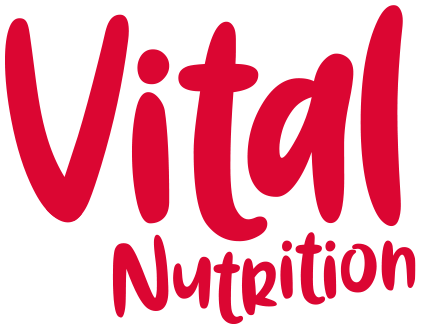Got a crush on sugar?
Whether you get your fix from chocolate, sweeties or a teaspoonful or two in your tea, the chances are you are eating more than your fair share of the sweet stuff.
It is recommended that adults should eat no more than 30g of sugar a day - that’s about seven teaspoonfuls. Most of us chomp our way through a whole lot more than that, with the average adult loading a whopping 14 teaspoonfuls of sugar into their daily diet.
When you look around at supermarket shelves, garage forecourts and food advertising, it is not a surprise. We are surrounded by temptation to choose foods that are packed with sugar. The low fat diet industry would have us believe that it is fat that makes us fat, so we have been overloading our diet with low fat, high sugar alternatives to get skinny. The only thing that is benefiting from this fad with low fat food is the diet industry - not our health, and certainly not our waistlines.
Sugar addiction is real.
Once it gets a hold on us, it can be hard cycle to crack. We crave more and more, but never leave feeling satisfied.
How much are you eating?
The next time you pick up a packet of food, take a closer look at the label. Check out how many grams of sugar there are in it. The easiest way to do this is look at the g sugar per 100g. If is a low sugar choice, then this number will be below 5g per 100g. If it high sugar, it will be above 22.5g per 100g. If you want to work out how many teaspoonfuls of sugar there are in a portion, look at the next column that tells you the g proportion, and divide this number by 4.
Here are a few examples that might surprise you.
Jaffa cakes have 50g sugar per 100g, or 6.1g per biscuit., That’s one and a half teaspoonfuls of sugar per Jaffa cake.
Skinny Whips contain 41g per 100g, a whopping 10g sugar in one bar - that’s two and a half teaspoonfuls.
Compare this to digestive biscuits, with 15g sugar per 100g, equivalent to 2.2g per biscuit - or half teaspoonful per biccie. Not perfect, but certainly a much better choice.
Once you start looking at sugar, it will change how you think about food labelling and low fat foods.
So what’s the big deal?
Too much sugar is bad news for our health. Here are just a few of the things it will do for your health:
cause weight gain
deplete energy levels
adversely affect mood
affect sleep quality
increase risk of type 2 diabetes and all the complications that come with this
The good news is that once you start to notice and become more aware of how much sugar you are eating, you can make changes to reduce your intake, and with a short time you really will notice the benefits or more energy, fewer cravings, better mood and all the rest.
If you want to end your sugar crush, then here are some steps you can take to kick the habit:
Know your limits. Start reading food labels.
Be mindful of your sugar intake. Notice when you are looking for a sugar fix, and why - are you tired, bored, or just because it is 3pm? Keeping a food diary is a good idea to help with this.
Swap your shop. Buy some lower sugar alternatives. 70-85% cocoa chocolate, lower sugar biscuits, natural yoghurt and low sugar breakfast cereals are good foods to start with.
Increase your protein. Adding a little extra protein to meals will help you to feel fuller for longer and can reduce cravings for sugar snacks between meals.
Allow yourself a little of what you fancy. Don’t quit completely, but instead give yourself a sweet treat a couple of times a week. Be mindful of when you are eating it, and enjoy every mouthful.
If you’d like more help to quit your sugar crush, then join me on Tuesday 7 February for my Sugar Crush zoom class.

